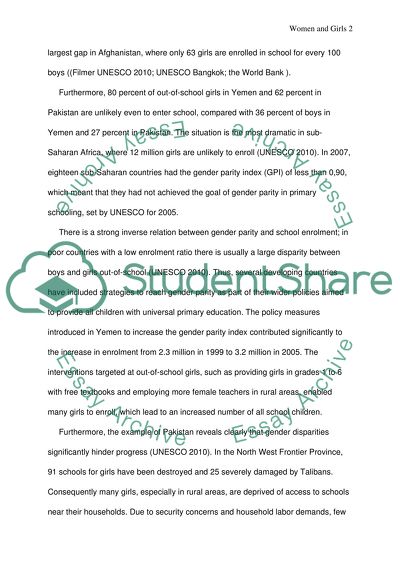Cite this document
(“Education of Women and Girls Research Paper Example | Topics and Well Written Essays - 2250 words”, n.d.)
Retrieved from https://studentshare.org/education/1562676-education-of-women-and-girls
Retrieved from https://studentshare.org/education/1562676-education-of-women-and-girls
(Education of Women and Girls Research Paper Example | Topics and Well Written Essays - 2250 Words)
https://studentshare.org/education/1562676-education-of-women-and-girls.
https://studentshare.org/education/1562676-education-of-women-and-girls.
“Education of Women and Girls Research Paper Example | Topics and Well Written Essays - 2250 Words”, n.d. https://studentshare.org/education/1562676-education-of-women-and-girls.


